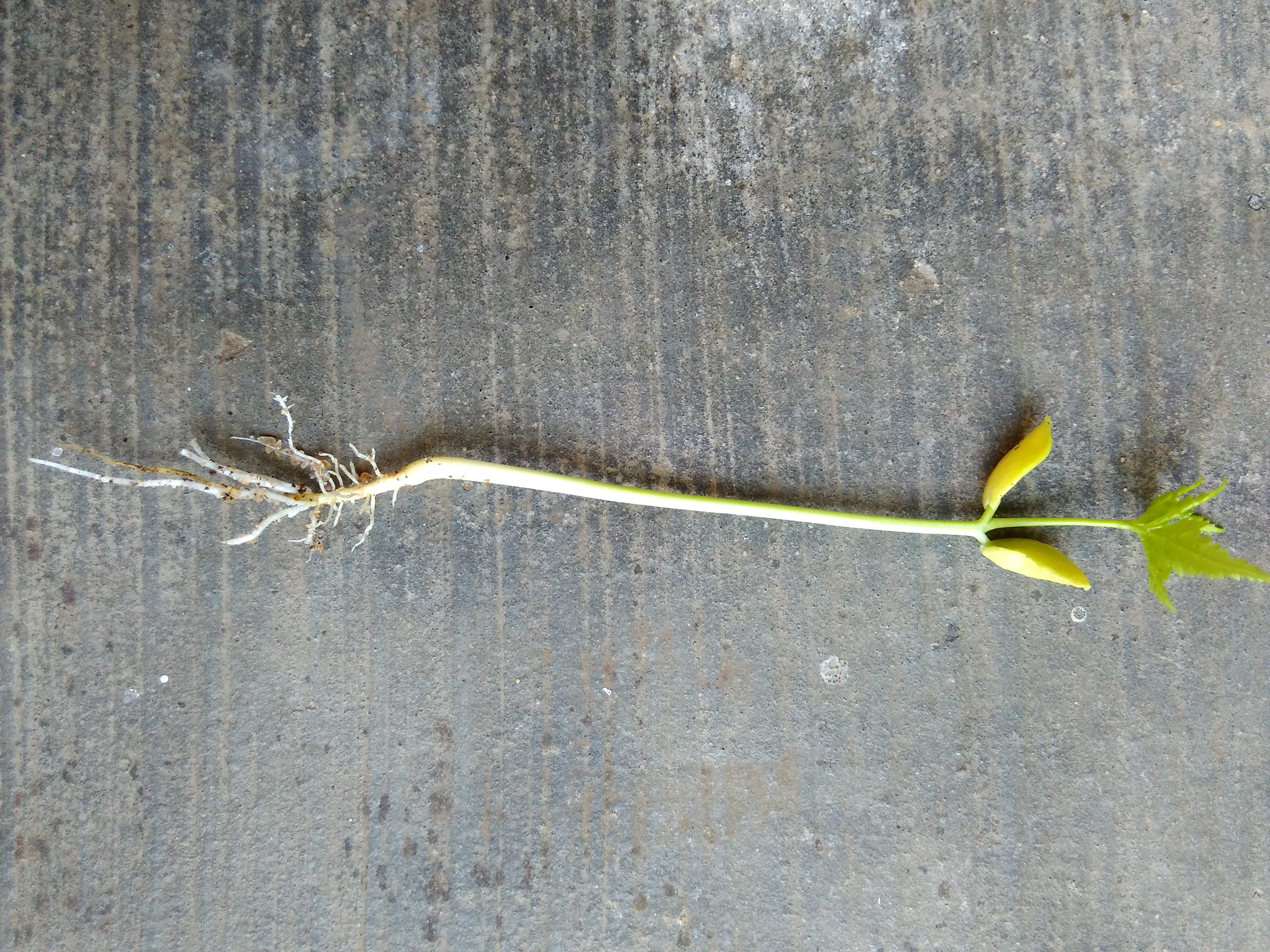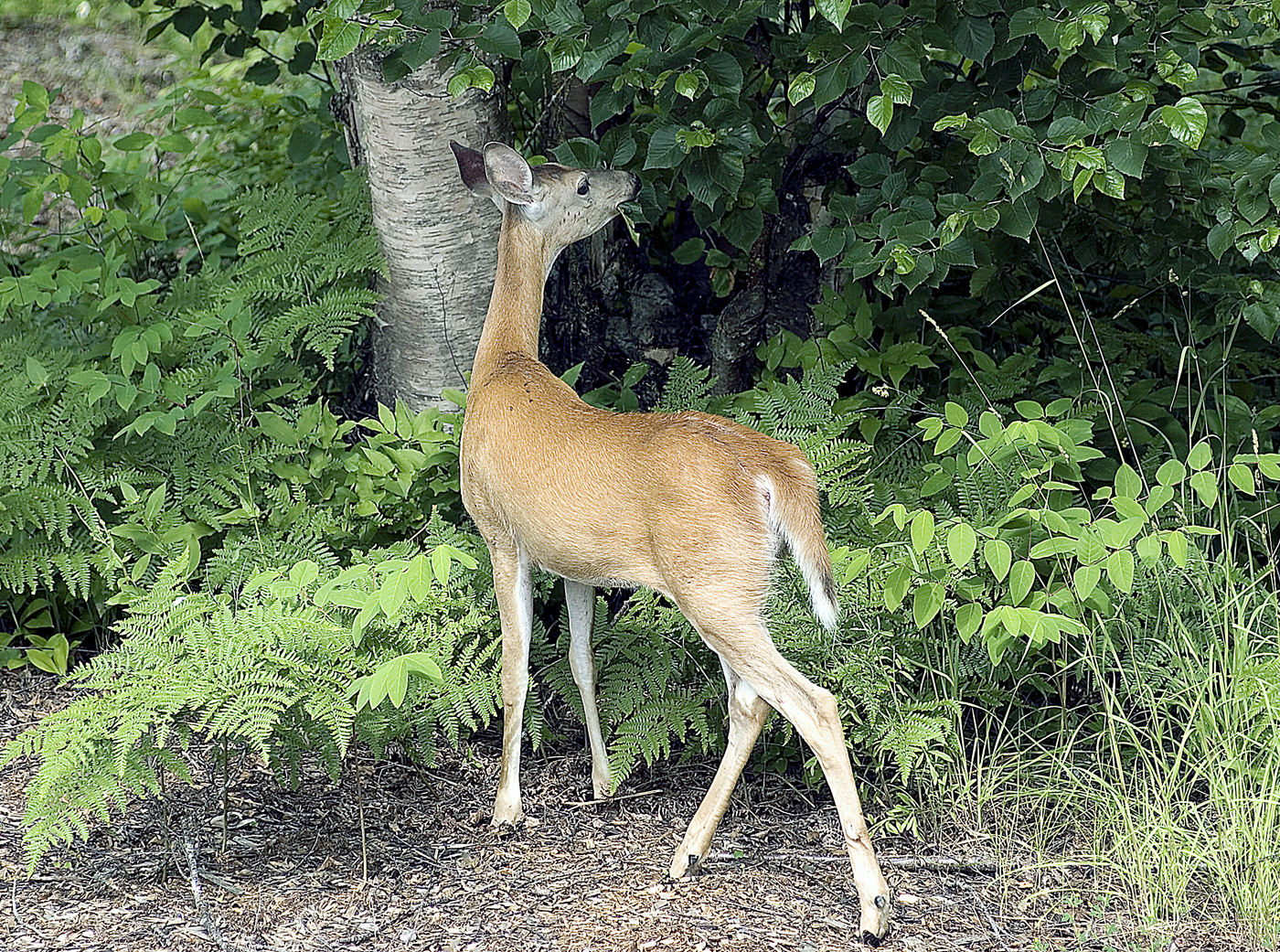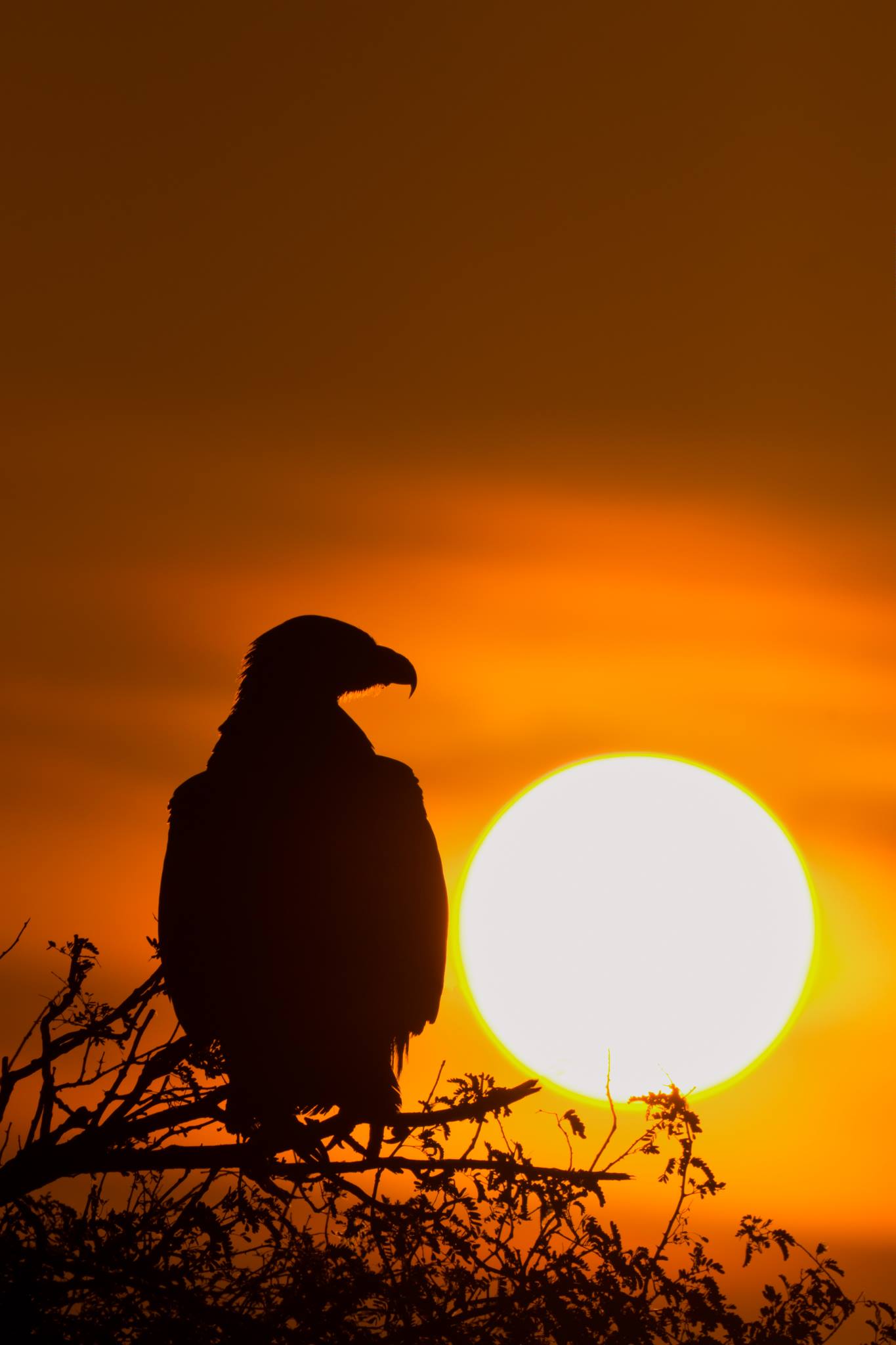|
IMPALA
The impala or rooibok (''Aepyceros melampus'', lit. 'black-footed high-horn' in Ancient Greek) is a medium-sized antelope found in eastern and southern Africa. The only extant member of the genus '' Aepyceros'', and tribe Aepycerotini, it was first described to Europeans by German zoologist Hinrich Lichtenstein in 1812. Two subspecies are recognised—the grassland-dwelling common impala (sometimes referred to as the Kenyan impala), and the larger and darker black-faced impala, which lives in slightly more arid, scrubland environments. The impala reaches at the shoulder and weighs . It features a glossy, reddish brown coat. The male's slender, lyre-shaped horns are long. Active mainly during the day, the impala may be gregarious or territorial depending upon the climate and geography. Three distinct social groups can be observed: the territorial males, bachelor herds and female herds. The impala is known for two characteristic leaps that constitute an anti-predator str ... [...More Info...] [...Related Items...] OR: [Wikipedia] [Google] [Baidu] |
Kruger National Park
Kruger National Park () is a national park in South Africa covering an area of in the provinces of Limpopo and Mpumalanga in the country's northeast. It extends from north to south and from east to west. The administrative headquarters are in Skukuza. Areas of the park were first protected by the government of the South African Republic in 1898, and it became South Africa's first national park in 1926. It is part of Kruger to Canyons Biosphere, an area designated as a biosphere reserve. History Conservation Pre-Game Reserve (1867-1898) A Game Commission was established in 1891 with J.M. Malan of Rustenberg as chairperson which resulted in the establishment of the game law of 1891 It must be noted that there were already individual farmers as far back as 1867 who published notices in the ''Staatscourant'' to prohibit hunting and so try preserve the game on their own land. In total 200 owners protected game on about 300 farms between 1867 and 1881 in this manner. One o ... [...More Info...] [...Related Items...] OR: [Wikipedia] [Google] [Baidu] |
Subspecies
In Taxonomy (biology), biological classification, subspecies (: subspecies) is a rank below species, used for populations that live in different areas and vary in size, shape, or other physical characteristics (Morphology (biology), morphology), but that can successfully interbreed. Not all species have subspecies, but for those that do there must be at least two. Subspecies is abbreviated as subsp. or ssp. and the singular and plural forms are the same ("the subspecies is" or "the subspecies are"). In zoology, under the International Code of Zoological Nomenclature, the subspecies is the only taxonomic rank below that of species that can receive a name. In botany and mycology, under the International Code of Nomenclature for algae, fungi, and plants, other infraspecific name, infraspecific ranks, such as variety (botany), variety, may be named. In bacteriology and virology, under standard International Code of Nomenclature of Prokaryotes, bacterial nomenclature and virus clas ... [...More Info...] [...Related Items...] OR: [Wikipedia] [Google] [Baidu] |
Acacieae
The Mimosoideae are a traditional subfamily of trees, herbs, lianas, and shrubs in the pea family (Fabaceae) that mostly grow in tropical and subtropical climates. They are typically characterized by having radially symmetric flowers, with petals that are twice divided (valvate) in bud and with numerous showy, prominent stamens. Recent work on phylogenetic relationships has found that the Mimosoideae form a clade nested with subfamily Caesalpinioideae and the most recent classification by ''The Legume Phylogeny Working Group'' refer to them as the Mimosoid clade within subfamily Caesalpinioideae. The group includes about 40 genera and 2,500 species. Taxonomy Some classification systems, for example the Cronquist system, treat the Fabaceae in a narrow sense, raising the Mimisoideae to the rank of family as Mimosaceae. The Angiosperm Phylogeny Group treats Fabaceae in the broad sense. The Mimosoideae were historically subdivided into four tribes (Acacieae, Ingeae, Mimoseae, and ... [...More Info...] [...Related Items...] OR: [Wikipedia] [Google] [Baidu] |
Fruit
In botany, a fruit is the seed-bearing structure in flowering plants (angiosperms) that is formed from the ovary after flowering. Fruits are the means by which angiosperms disseminate their seeds. Edible fruits in particular have long propagated using the movements of humans and other animals in a symbiotic relationship that is the means for seed dispersal for the one group and nutrition for the other; humans, and many other animals, have become dependent on fruits as a source of food. Consequently, fruits account for a substantial fraction of the world's agricultural output, and some (such as the apple and the pomegranate) have acquired extensive cultural and symbolic meanings. In common language and culinary usage, ''fruit'' normally means the seed-associated fleshy structures (or produce) of plants that typically are sweet (or sour) and edible in the raw state, such as apples, bananas, grapes, lemons, oranges, and strawberries. In botanical usage, the term ''fruit'' als ... [...More Info...] [...Related Items...] OR: [Wikipedia] [Google] [Baidu] |
Forb
A forb or phorb is a herbaceous flowering plant that is not a graminoid (grass, sedge, or rush). The term is used in botany and in vegetation ecology especially in relation to grasslands and understory. Typically, these are eudicots without woody stems. Etymology The word ''forb'' is derived from Greek () 'pasture; fodder'. The Hellenic spelling ''phorb'' is sometimes used, and in older usage this sometimes includes graminids and other plants currently not regarded as forbs. Guilds Forbs are members of a guilda group of plant species with broadly similar growth forms. In certain contexts in ecology, guild membership may often be more important than the taxonomic relationships between organisms. In informal classification In addition to its use in ecology, the term "forb" may be used for subdividing popular guides to wildflowers, distinguishing them from other categories such as grasses, sedges, shrubs, and trees. Some examples of forbs are clovers, sunflowers, daylilie ... [...More Info...] [...Related Items...] OR: [Wikipedia] [Google] [Baidu] |
Dicot
The dicotyledons, also known as dicots (or, more rarely, dicotyls), are one of the two groups into which all the flowering plants (angiosperms) were formerly divided. The name refers to one of the typical characteristics of the group: namely, that the seed has two embryonic leaves or cotyledons. There are around 200,000 species within this group. The other group of flowering plants were called monocotyledons (or monocots), typically each having one cotyledon. Historically, these two groups formed the two divisions of the flowering plants. Largely from the 1990s onwards, molecular phylogenetic research confirmed what had already been suspected: that dicotyledons are not a group made up of all the descendants of a common ancestor (i.e., they are not a monophyletic group). Rather, a number of lineages, such as the magnoliids and groups now collectively known as the basal angiosperms, diverged earlier than the monocots did; in other words, monocots evolved from within the dico ... [...More Info...] [...Related Items...] OR: [Wikipedia] [Google] [Baidu] |
Monocot
Monocotyledons (), commonly referred to as monocots, (Lilianae ''sensu'' Chase & Reveal) are flowering plants whose seeds contain only one Embryo#Plant embryos, embryonic leaf, or cotyledon. A monocot taxon has been in use for several decades, but with various ranks and under several different names. The APG IV system recognises its monophyly but does not assign it to a taxonomic rank, and instead uses the term "monocots" to refer to the group. Monocotyledons are contrasted with the Dicotyledon, dicotyledons, which have two cotyledons. Unlike the monocots however, the dicots are not Monophyly, monophyletic and the two cotyledons are instead the ancestral characteristic of all flowering plants. Botanists now classify dicots into the eudicots ("true dicots") and several Basal (phylogenetics), basal lineages from which the monocots emerged. The monocots are extremely important economically, culturally, and ecologically, and make up a majority of plant biomass used in agriculture. Com ... [...More Info...] [...Related Items...] OR: [Wikipedia] [Google] [Baidu] |
Browsing (herbivory)
Browsing is a type of herbivory in which a herbivore (or, more narrowly defined, a folivore) feeds on leaves, soft Shoot (botany), shoots, or fruits of high-growing, generally woody plants such as shrubs. This is contrasted with Grazing (behaviour), grazing, usually associated with animals feeding on grass or other lower vegetations. Alternatively, grazers are animals eating mainly grass, and browsers are animals eating mainly non-grasses, which include both woody and herbaceous Dicotyledon, dicots. In either case, an example of this dichotomy are goats (which are primarily browsers) and Domestic sheep, sheep (which are primarily grazers). Browse The plant material eaten is known as ''browse'' and is in nature taken directly from the plant, though owners of livestock such as goats and deer may cut twigs or branches for feeding to their stock. In temperate regions, owners take browse before leaf fall, then dry and store it as a winter feed supplement. In time of drought, herdsme ... [...More Info...] [...Related Items...] OR: [Wikipedia] [Google] [Baidu] |
Predation
Predation is a biological interaction in which one organism, the predator, kills and eats another organism, its prey. It is one of a family of common List of feeding behaviours, feeding behaviours that includes parasitism and micropredation (which usually do not kill the Host (biology), host) and parasitoidism (which always does, eventually). It is distinct from Scavenger, scavenging on dead prey, though many predators also scavenge; it overlaps with Herbivore, herbivory, as Seed predation, seed predators and destructive frugivores are predators. Predation behavior varies significantly depending on the organism. Many predators, especially carnivores, have evolved distinct hunting strategy, hunting strategies. Pursuit predation involves the active search for and pursuit of prey, whilst ambush predation, ambush predators instead wait for prey to present an opportunity for capture, and often use stealth or aggressive mimicry. Other predators are opportunism, opportunistic or om ... [...More Info...] [...Related Items...] OR: [Wikipedia] [Google] [Baidu] |
Territory (animal)
In ethology, territory is the sociographical area that an animal consistently defends against conspecificity, conspecific competition (biology), competition (or, occasionally, against animals of other species) using agonistic behaviors or (less commonly) real physical aggression. Animals that actively defend territories in this way are referred to as being territorial or displaying territorialism. Territoriality is only shown by a minority of species. More commonly, an individual or a group of animals occupies an area that it habitually uses but does not necessarily defend; this is called its home range. The home ranges of different groups of animals often overlap, and in these overlap areas the groups tend to avoid each other rather than seeking to confront and expel each other. Within the home range there may be a ''core area'' that no other individual group uses, but, again, this is as a result of avoidance. Function The ultimate function of animals inhabiting and defendin ... [...More Info...] [...Related Items...] OR: [Wikipedia] [Google] [Baidu] |
Gregarious
Sociality is the degree to which individuals in an animal population tend to associate in social groups (gregariousness) and form cooperative societies. Sociality is a survival response to evolutionary pressures. For example, when a mother wasp stays near her larvae in the nest, parasites are less likely to eat the larvae. Biologists suspect that pressures from parasites and other predators selected this behavior in wasps of the family Vespidae. This wasp behaviour evidences the most fundamental characteristic of animal sociality: parental investment. Parental investment is any expenditure of resources (time, energy, social capital) to benefit one's offspring. Parental investment detracts from a parent's capacity to invest in future reproduction and aid to kin (including other offspring). An animal that cares for its young but shows no other sociality traits is said to be ''subsocial''. An animal that exhibits a high degree of sociality is called a ''social animal''. The h ... [...More Info...] [...Related Items...] OR: [Wikipedia] [Google] [Baidu] |
Diurnality
Diurnality is a form of plant and ethology, animal behavior characterized by activity during daytime, with a period of sleeping or other inactivity at night. The common adjective used for daytime activity is "diurnal". The timing of activity by an animal depends on a variety of environmental factors such as the temperature, the ability to gather food by sight, the risk of predation, and the time of year. Diurnality is a cycle of activity within a 24-hour period; cyclic activities called circadian rhythms are endogenous cycles not dependent on external cues or environmental factors except for a zeitgeber. Animals active during twilight are crepuscular, those active during the night are nocturnal and animals active at sporadic times during both night and day are cathemerality, cathemeral. Plants that open their flowers during the daytime are described as diurnal, while those that bloom during nighttime are nocturnal. The timing of flower opening is often related to the time at whic ... [...More Info...] [...Related Items...] OR: [Wikipedia] [Google] [Baidu] |








